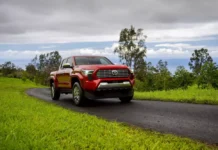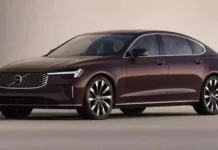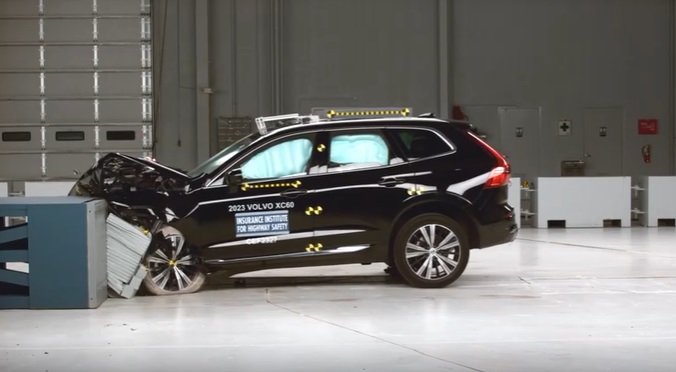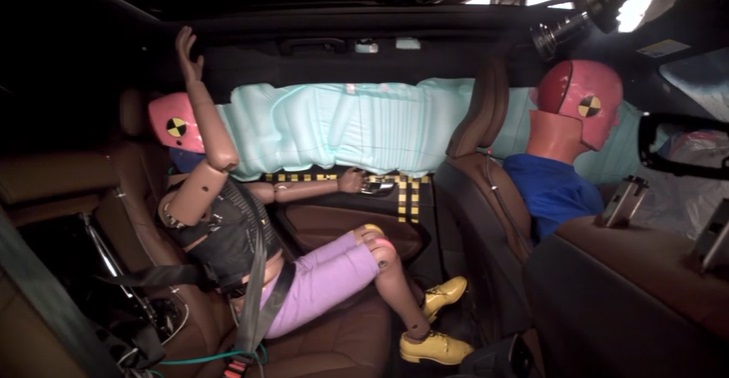The Insurance Institute for Highway Safety (IIHS) recently conducted tests to evaluate the level of protection for rear-seat occupants in the event of a frontal collision.
According to the tests, three luxury SUV models performed exceptionally well. They are the Lincoln Aviator, Mercedes-Benz GLE-Class, and Volvo XC60.
Also participating in the tests, but with lower ratings, are the Audi Q5 and Lexus RX, both rated as “Marginal,” while the Cadillac XT6 is rated as “Poor.”
Although these vehicles have a “Good” rating, in reality, they cannot provide absolute safety for passengers. The crash test dummy must be in the correct position and not slide down with the seatbelt during a collision to effectively prevent excessive injuries to the head, neck, chest, or thighs of the rear-seat occupant.
Most SUV models perform well in protecting front-seat passengers, but some vehicles encounter issues with the dummy sliding below the restraint and coming too close to the front seat backrest.
In 2021, the IIHS updated the side-impact crash test, increasing the impact force by 82% compared to previous tests. Only vehicles that receive a “Good” rating are included in the list of safest vehicles – Top Safety Pick+.
The enhanced testing process has resulted in several previously recognized safe vehicles being excluded from the list.
TH (Tuoitrethudo)














































